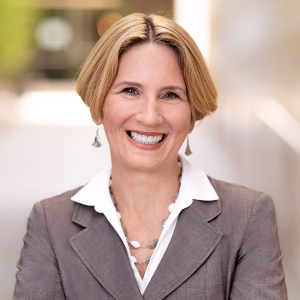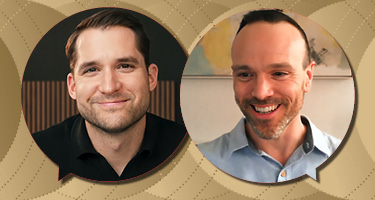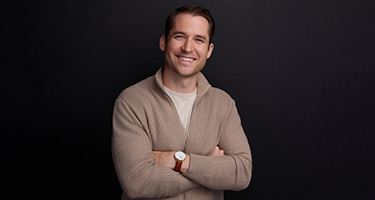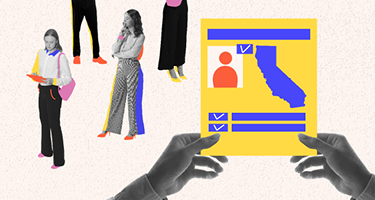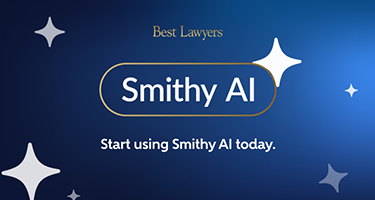Appeals carry risk, last a long time, and cost money—like all litigation. So clients need thoughtful recommendations on whether to pursue (or defend) an appeal. Relatedly, they need advice on the settlement value of a case after entry of an appealable judgment or order. Many factors affect this advice, but here are five essentials for California state-court appeals.
1. DID THE TRIAL COURT ERR?
Probably somewhere. Maybe even several times in a full trial. But no party is entitled to perfect or even near-perfect trial court proceedings.
Instead, our system strives for fair proceedings—and ideally, one trip through the trial court per case. In practice this means appellate courts expect trial judges to get it mostly right, within the bounds of discretion afforded by the law and circumstances. As a justice once told me: “Most trials we see are B-minus trials, but I think I’ve reversed two verdicts in the last 10 years.”
At the very least, a claimed error must be objectively clear, and must appear on the record. But then, see question 2.
2. DID THE ERROR REALLY HURT YOUR CLIENT?
In almost all cases, to secure reversal, an appellant must show that it suffered prejudice from a trial court error. Both the California Constitution and statutory law declare this. To reverse, the appellate court must be convinced—after review of the entire record—that there was a “miscarriage of justice.”
What does that mean? The appellant must show “a reasonable probability that in the absence of the error, a result more favorable to [it] would have been reached.” (Diaz v. Carcamo (2011) 51 Cal.4th 1148, 1161, internal quotation marks omitted.)
This showing can sometimes be fairly straightforward. If a key claim or defense ended in summary adjudication, or a trial judge mistakenly excluded the sole standard-of-care expert on the appellant’s side (with an on-record proffer by trial counsel), it may be clear how differently the case could have turned out.
But often it’s much harder to show the required prejudice. For example, would a more favorable result have been “reasonably probable” if the trial court had admitted that corroborating witness’s testimony, excluded that graphic photo, or supplemented that basic jury instruction with your more detailed one? Appellate courts say “yes” to this question less readily than frustrated litigants and their counsel might.
3. IS THE ERROR PRESERVED FOR REVIEW?
Even prejudicial error that could justify reversal must be preserved for review, or it will (with rare exception) be deemed waived. The reasons are systemic. To make our judicial system as efficient and fair as possible, litigants must (A) give the judge a genuine chance to avoid error in the first place—for example, by objecting on the correct basis to inadmissible evidence, or by pointing out material omissions in a Statement of Decision; and (B) give opposing counsel a chance to present whatever evidentiary backup or counter-proposal he or she has.
So: the record must reflect the timely assertion in the trial court of positions the losing party wants to take on appeal. (Two important exceptions that prove the rule: a purely legal argument can often be raised for the first time on appeal, where it doesn’t depend on development of evidence below, and a lack of subject-matter jurisdiction can never be waived.)
Finally, the mother of all preservation issues: the appeal deadline. It’s usually (but not always!) 60 days from the date a party or court clerk serves notice of entry of the appealable order or judgment. Missing that deadline is one of the few irremediable problems in all of law practice. It’s jurisdictional and strictly enforced.
4. WOULD THE RESULT SEEM UNFAIR TO AN OBJECTIVE OUTSIDER?
Appellate justices and their clerks are human, and their sense of the overall fairness of a trial court result plays an important (if unofficial) role in driving the outcome. Technical arguments for error and prejudice rarely survive a strong impression that the case “came out right,” especially for judgments entered after trial or long past the pleading stage. This can be one of the hardest factors for counsel entrenched in the trial-court fight to view objectively. If so, they should consider asking an uninvolved lawyer to weigh in.
5. WHAT IF YOU WIN?
What are the possible outcomes on appeal, and what is the maximum relief your client can obtain? The answer is rarely: a favorable judgment without further proceedings in the trial court after remand. The winning appellant may well have to fight another day—for example, by trying (or re-trying) the case, or particular claims or defenses, in light of the appellate opinion.
Such a win may offer great value to some litigants, particularly if it reverses a large monetary judgment or an onerous injunction. Others may view such a win as a mere ticket to additional expense and uncertainty. It’s therefore essential to consider whether the best-case scenario on appeal is good enough to justify the costs and risks inherent in seeking it.
Especially for parties subject to repeat litigation, additional factors will affect the decision whether to continue a dispute through appeal. But these five questions cover the core points for most cases.
_____________
Laurie Hepler is a partner in the San Francisco office of the appellate firm Greines, Martin, Stein & Richland LLP. The firm works with trial counsel at all levels to plan and preserve wins, and reverse losses. Laurie is certified as an appellate specialist by the State Bar of California Board of Legal Specialization.
